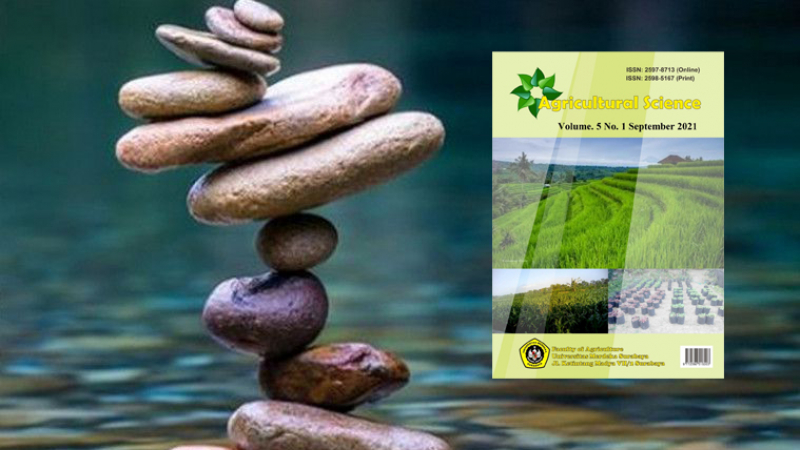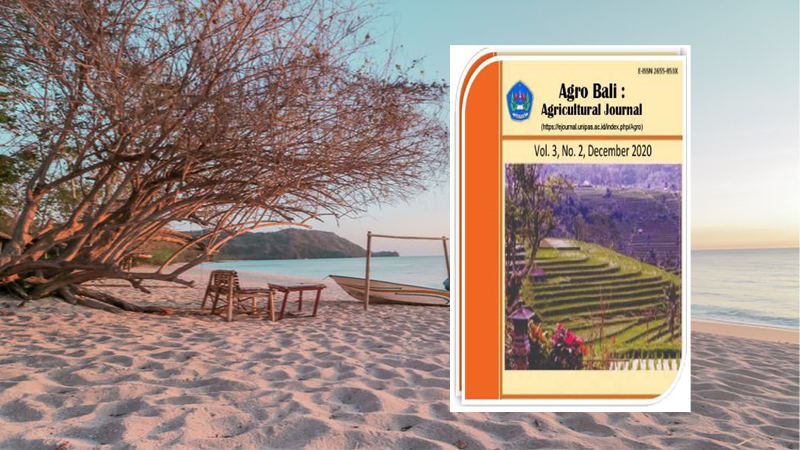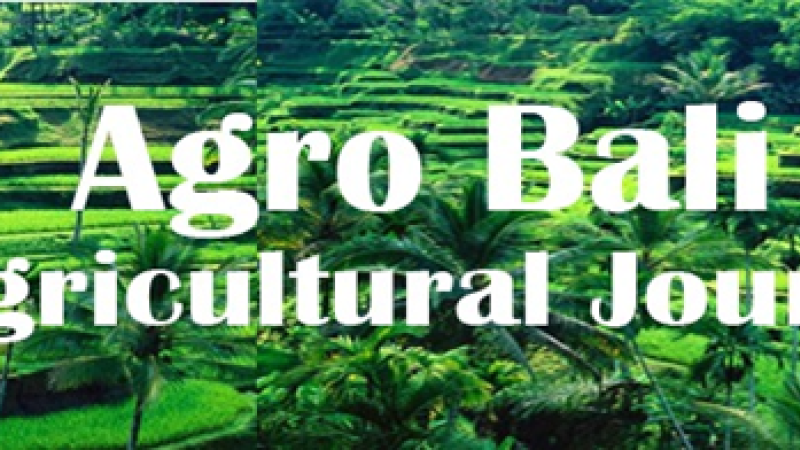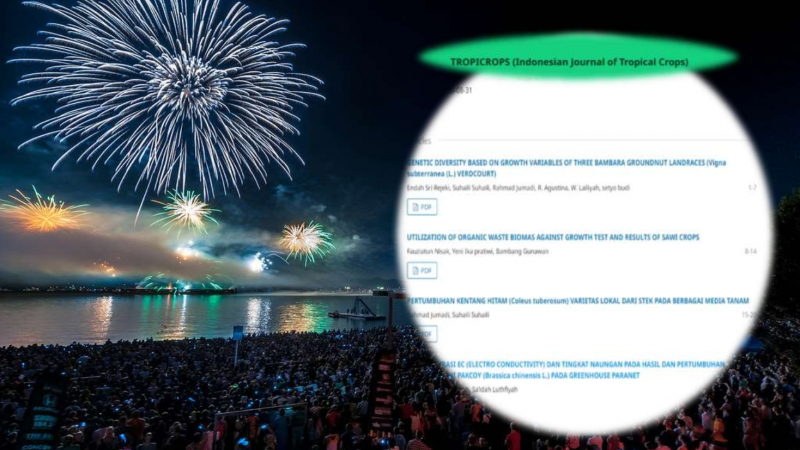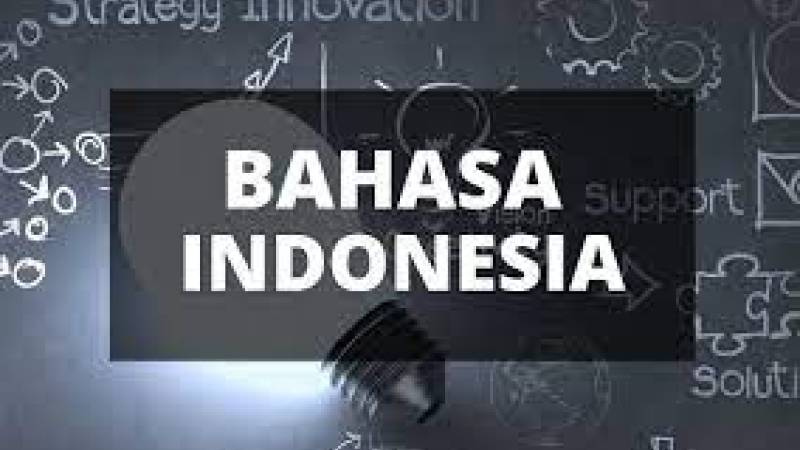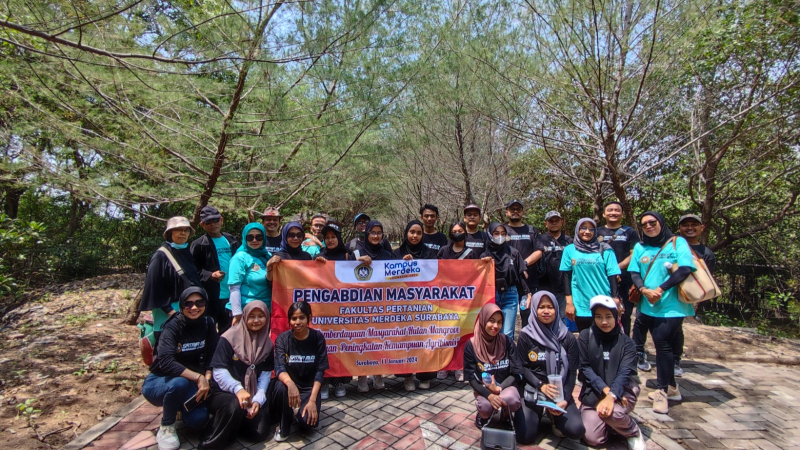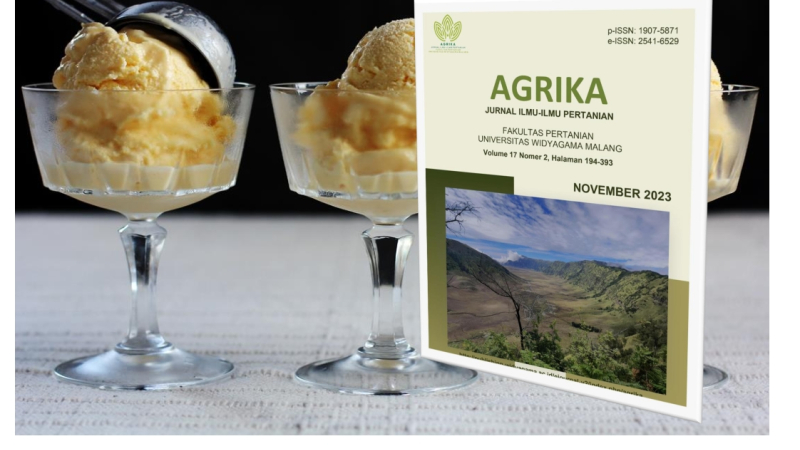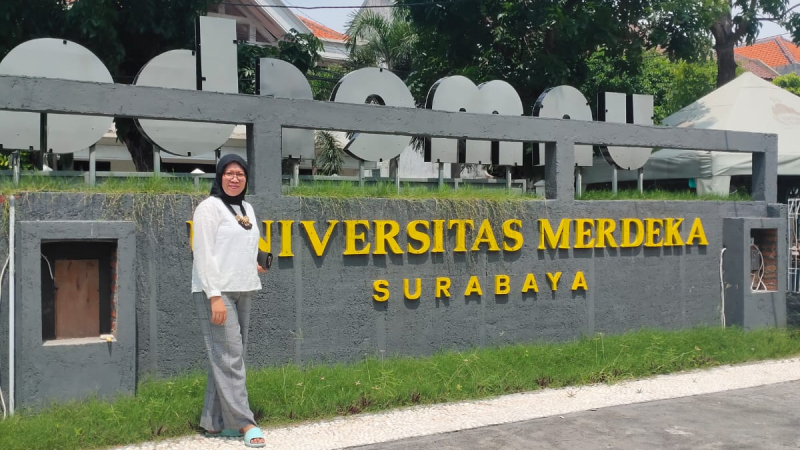ARTIKEL
Penelitian
PEMANFAATAN LIMBAH CAIR IKAN TUNA TERHADAP PERTUMBUHAN TANAMAN PAKCHOY DENGAN WICK SYSTEM HYDROPONIK
Limbah ikan di Indonesia belum dimanfaatkan secara maksimal. Kurangnya pengetahuan masyarakat tentang pemanfaatan limbah ikan dan belum adanya penerapan teknologi dalam pengelolaan limbah ikan menjadi kendala dalam pemanfaatan limbah ikan. Penelitian ini bertujuan untuk mengetahui pengaruh pemberian berbagai konsentrasi pupuk organik limbah ikan tuna terhadap pertumbuhan dan hasil tanaman pakchoy. Penelitian dilaksanakan di Kebun Percobaan Fakultas Pertanian Universitas Merdeka Surabaya. Metode Penelitian ini menggunakan Rancangan Acak Kelompok (RAK) dengan pola menggunakan1 faktor yaitu Konsentrasi Pupuk Organik Cair Limbah Ikan Tuna (P) terdiri dari 5 level perlakuan, antara lain: P0 = 0 ml POC per liter air; P1 = 5 ml POC per liter air; P2 = 10 ml POC per liter air; P3 = 15 ml POC per liter air; P4 = 20 ml POC per liter air dan P5 = 25 ml POC per liter air.Percobaan ini diulang 3 kali dengan tiap-tiap perlakuan terdapat 5 tanaman sampel, sehingga diperoleh 75 perlakuan.Adapun parameter yang diamati antara lain :Panjang tanaman (cm),Jumlah daun,Panjang akar, Berat segar tanaman (gram). Berdasarkan hasil penelitian, maka dapat disimpulkan sebagai berikut : 1). Terdapat pengaruh signifikan dari konsentrasi POC limbah ikan tuna terhadap peningkatan pertumbuhan tanaman pakchoi pada variabel yang diteliti, meliputi : jumlah daun, panjang tanaman, panjang akar, berat basah per tanaman pada masa pertumbuhan tanaman pakchoi. 2).Nilai tertinggi dicapai oleh perlakuan P5 yaitu konsentrasi sebesar 25 ml POC limbah ikan tuna per liter air pada semua parameter pengamatan; namun secara statistik nilai optimal dicapai oleh perlakuan P4 (20 ml POC urine sapi per liter air) karena berbeda tidak nyata dengan perlakuan P5 pada semua variable yang diteliti, seperti jumlah daun, panjang akar, berat basah per tanaman karena dianggap lebih efektif dan efisien.
UTILIZATION OF ORGANIC WASTE BIOMAS AGAINST GROWTH TEST AND RESULTS OF SAWI CROPS
The abundant condition of organic waste in urban areas of Surabaya requires a solution not only regarding the process of compost, but also how to utilize the biomass organic waste in a framework to socialize the use of urban yard narrow land into a form of cultivation of vegetables that contribute to the nutrition for the family. This potential will be synergistic with Surabaya city government policy related to urban yard Empowerment program that inspires the idea of how to utilize organic waste biomass into something useful for plant growth and reduce the accumulation of excessive waste and odor that is not delicious for the people of Surabaya. By implementing the appropriate technology to utilize waste biomass of organic waste into a material of burial or organic fertilizer after through the process of composting or fermentation to become organic fertilizer that is beneficial for plants. The purpose of this research is to know the influence of organic waste biomass from the results of the posting of urban organic waste against the growth test and the results of mustard crops. Based on the research results, it can be concluded as follows: 1. There is a significant influence of the composition of urban garbage organic fertilizer against the growth parameters and results of the mustard crops in the variables studied, including: length of the plant, the number of leaves, the length of the roots and fresh weight per plant. 2. The value of fresh weight yield per highest crop is achieved by P3 treatment (15% from the weight of planting media) by 313.82 grams and effective and efficient treatment, it is also supported by growth variables such as plant length, number of leaves and root length; Even though statistically different P3 treatments are not significant with the P5 treatment (25%) and P7 (35%)

